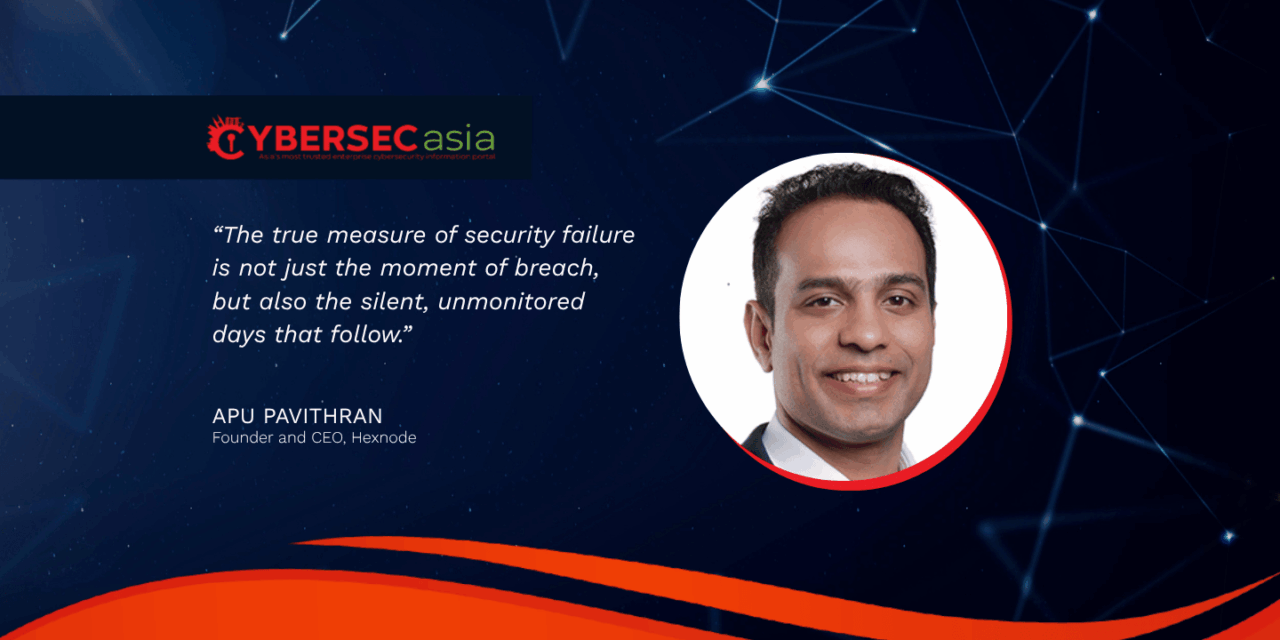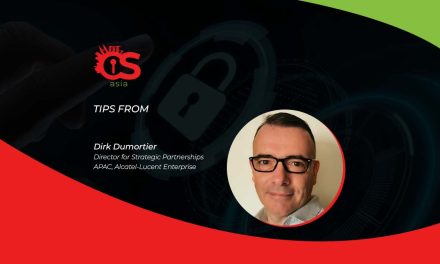Fragmented identity and access management tools and processes increase risk. Continuous, proof-driven security is the key to foiling attackers.
Traditionally, many enterprise security models have operated under the assumption that trust granted at one point would persist indefinitely. This “set-and-forget” approach treated identity and device checks as one-time verifications rather than dynamic conditions requiring continuous reassessment.
Modern threats such as phishing, credential theft, and ransomware thrive precisely because implicit trust allows them to gain a foothold. These threats, called initial attack vectors, are hardly edge cases. They inflict substantial damage, costing businesses millions on average with every successful breach.
The static model of granting trust creates a dangerous asymmetry: it forces defenders to protect an ever-expanding array of entry points, while an attacker only needs to find one trusted but vulnerable path. Once inside, the advantage tilts dramatically in the attackers’ favor, allowing them to operate under the cloak of legitimate activity.
Controlling lingering trust with Zero Trust
Ransomware tactics have expanded, increasingly leveraging unmanaged or non-compliant devices as entry points. Such devices often lie in the blind spots of IT oversight, creating unmonitored edges for attackers to enter corporate environments. This risk intensifies if enterprise security teams lack continuous visibility over their data assets.
It is not just devices that expand the attack surface. A prime driver of modern breaches is credential theft rather than rare technical vulnerabilities. This trend confirms a critical weakness where attackers no longer need to “break in” when they can simply “log in”. With that, the burden rests on enterprises to ensure that no form of access leads to undetected persistence.
In principle, the Zero Trust model addresses these challenges by requiring every access request to be continuously validated. However, this becomes a tall order to practice in today’s workforce, where employees connect from a distributed mix of remote locations and networks.
Securing this distributed reality demands that every login be assessed against a mosaic of “signals” such as password posture and other contextual factors. However, if this approach is managed through multiple, separate vendors, these checks do not always align.
Disparate tools often lack the cross-platform cohesion needed for true continuous validation. Any disjointed approach to Zero Trust can create uneven layers of oversight, leaving blind spots where attackers can thrive. This complexity is further compounded by the elusive nature of shadow IT.
So, is there something about Zero Trust approach that can be improved? Enterprises do not need another tool, but a way to bring this fragmented environment under a single framework of control.
Unifying the elements of IAM
The core of zero trust is not the elimination of trust itself but the demand that trust always be proven. That proof must be continuous, because attackers thrive not at the moment of login but in the hours that follow if sessions are left unmonitored.
As such, organizations need to maintain vigilance that extends beyond authentication, into the entire connection lifecycle:
- Multi-factor authentication is often the first layer added in this model. However, even this is not invulnerable. Threat actors have learned to bypass MFA by overwhelming users with endless prompts, a technique called “MFA fatigue”. This method has sometimes proved effective even against major organizations, highlighting how easily attackers can gain access.
- The logical next step is to ensure that each access request is validated by more than just credentials. Identity providers help achieve this by validating access requests using multiple signals, such as IP address and location. This creates a richer, more accurate picture of whether access should be granted.
- One possible weak link in the chain is when the processes are fragmented, as detailed in the previous section. This is where a unified device management approach can add critical depth to this process. It can extend validation within the identity provider by feeding in continuous endpoint-specific signals such as application compliance, encryption levels, and network context. With these additional layers, enterprises can make access decisions reflecting real-time health and security of each device.
When zero trust becomes proof-driven and unified, attackers are more likely to lose their most reliable path into the enterprise.

















